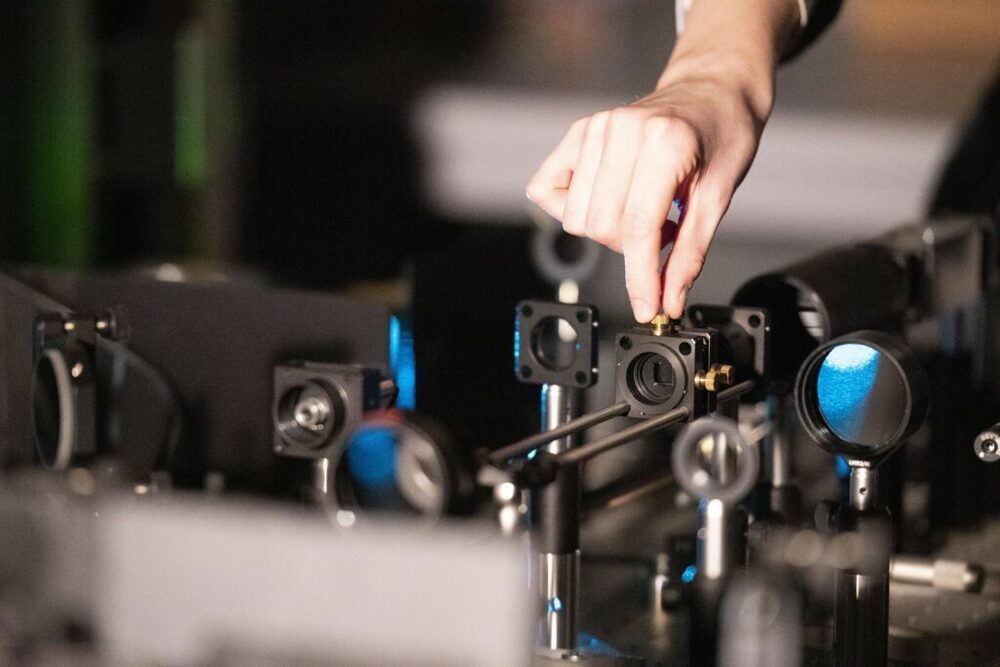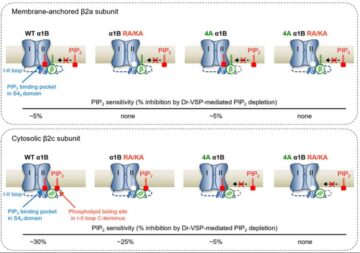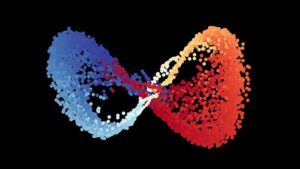Fluorescence microscopy is sought to collect data on specific biological events. Yet, the event-specific content that can be collected from a sample is limited, especially for rare or stochastic processes. This is partly due to photobleaching and phototoxicity, which constrain imaging speed and duration.
EPFL biophysicists have indeed found a way to automate microscope control for imaging biological events in detail while limiting stress on the sample. They have developed control software that optimizes how fluorescence microscopes collect data on living samples.
In their event-driven acquisition framework, neural-network-based recognition of specific biological events triggers real-time control in an instant structured illumination microscope. Their technique works for bacterial cell division and mitochondrial division.
Principal investigator Suliana Manley of EPFL’s Laboratory of Experimental Biophysics said, “An intelligent microscope is a kind of like a self-driving car. It needs to process certain types of information, subtle patterns that it then responds to by changing its behavior. By using a neural network, we can detect much more subtle events and use them to drive changes in acquisition speed.”
Mitochondrial division is unpredictable since it occurs infrequently and can happen almost anywhere within the mitochondrial network at any moment. That’s why scientists first solved how to detect mitochondrial division by training the neural network to look out for mitochondrial constrictions, a change in the shape of mitochondria that leads to division, combined with observations of a protein known to be enriched at sites of division.
The microscope turns to high-speed imaging to obtain detailed images of division events when both constrictions and protein levels are high. The microscope subsequently shifts to low-speed imaging when the constriction and protein levels are low to protect the sample from too much light.

With this intelligent fluorescent microscope, the scientists showed that they could observe the sample for longer compared to standard fast imaging. Even though the sample was under more stress than slow imaging, as is customary, they could still gather more insightful information.
Manley explained, “The potential of intelligent microscopy includes measuring what standard acquisitions would miss. We capture more events, measure smaller constrictions, and can follow each division in greater detail.”
The scientists are making the control framework available as an open source plug-in for the open microscope software Micro-Manager, with the aim of allowing other scientists to integrate artificial intelligence into their microscopes.
Journal Reference:
- Mahecic, D., Stepp, W.L., Zhang, C. et al. Event-driven acquisition for content-enriched microscopy. Nat Methods (2022). DOI: 10.1038/s41592-022-01589-x













